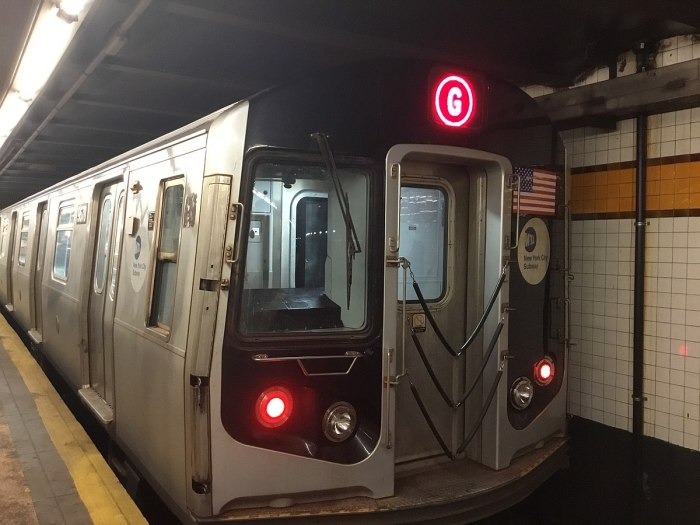
A glimpse of the future is on display at the Jacob Javits Convention Center’s New York International Auto Show this week. It’s not the Koenigsegg Agera RS, which broke speed records for its class in 2017 (about 280 mph on a public road in Pahrump, Nevada).
It’s not the Jaguar F Type SVR Coupe, whose 575 horsepower, V8 engine drew throngs of admirers.
No. The future is off to the side: the autonomous, self-driving vehicles mostly ignored by the aficionados largely there to see Cars with a capital C.
Witness the Ford autonomous vehicle out of the way on the south side of the showroom. The model is being tested on the streets of Ann Arbor, Michigan in a collaboration with Domino’s Pizza. Ford’s goal is to produce autonomous cars by 2021.
Or the Jaguar I-Pace, a little neglected next to the much-visited Coupe. Twenty-thousand I-Paces will be used by Waymo, formerly Google’s self-driving car initiative, to test an autonomous ride-sharing service. To be be available in 2020.
Then there are the many models creeping towards automation, like the family friendly Nissan Rogue, with automatic emergency braking and warning systems. Nissan’s target for fully autonomous vehicles? 2020.
A walk through the Javits Center show (it’s open through Sunday and less crowded on weekdays) makes it clear that automakers are making strides toward automation. But there are a few complications that are sure to make the next few years of car history interesting.
That includes still-evolving consumer preference. Multiple show-goers echoed what Greenpoint driver Martin Baranowski noted when questioned about potential interest in a self-driving vehicle. Regarding driving: “I like the experience,” Baranowski, 21, said after carefully inspecting a Nissan GT-R.
Baranowski is the kind of driver who likes bare bones vehicles and taking spins on Connecticut driving tracks — common for the car show crowd. But even workaday drivers might be uneasy about relinquishing controls, one of the obstacles that companies face as they navigate new technologies.
The wares on display at the Javits Center suggest how that uneasiness might change. Plenty of cars are starting to boast semi-autonomous features like those of the Rogue, whose side-view mirrors come equipped with small cameras to help keep the car in lane.
Multiple car company representatives at the site reported interest in the all-electric vehicles on display, another innovation that was once a side-show and is now moving closer to the mainstream.
In New York, state officials are starting to prepare for self-driving cars on local streets. In October, Gov. Andrew Cuomo announced that GM would be testing its autonomous vehicles in Lower Manhattan (with humans in the front seat for now). The testing was expected to take place by early this year, but that hasn’t happened yet, according to Cuomo’s office. To prepare for testing, though, GM has begun mapping streets to make sure its GPS data lines up with what’s actually on the road.
A few tiny elements of New York’s mammoth budget passed last week also move the ball forward on autonomous vehicles: the legislation adds requirements for the vehicles during emergencies — such as the fatal crash that occurred last month in Arizona when an autonomous vehicle operated by Uber hit and killed a woman.
That’s one of the safety measures in place for New York’s budding test program, which already included a requirement to keep a human presence in the car. As much as the vision of New York as an “innovation hub” is music to political ears, disasters like what happened in Arizona are a constant concern and have slowed a helter-skelter race to automation.
But another small piece of budget legislation makes it clear the state is still thinking seriously about automation. The period in which testing was allowed had been set to expire April 1 of this year, and the new budget extended that until April 2019, giving GM a chance to get cars on the road in coming months.
That’s another step toward the cars now parked at Javits, the clunky autonomous ones among the sleek performance vehicles.

































